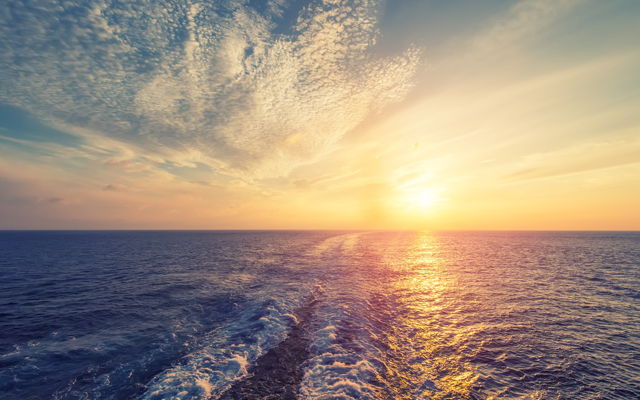Findings from a new consumer research led by Cruise Lines International Association (CLIA) are painting a picture of resilience in the cruise community, with passenger volume growing and cruise intent improving.
Sharing the findings at the Seatrade Cruise Global in Miami, which concludes on April 28, Kelly Craighead, president and CEO of CLIA, said passenger volume is expected to recover and surpass 2019 levels by the end of 2023, and recover 12 per cent above pre-pandemic levels by the end of 2026.

“Cruising is accessible, responsible, and experiential – making it the best way to see the world for people of all ages and interests. With the support of an incredibly resilient community, the future of the cruise industry is bright,” Craighead stated.
CLIA noted that over 7.5 million passengers having sailed in nearly 90 markets since cruise operations resumed during the pandemic.
Intent to cruise is rebounding, finds the CLIA study, with 63 per cent of cruisers or potential cruisers indicating they are ‘very likely’ or ‘likely’ to cruise in the next two years.
Sixty-nine per cent of respondents that have never cruised said they are open to cruise, exceeding pre-pandemic levels.
Millennial cruisers are the most enthusiastic about taking another cruise, with 87 per cent indicating they will take a cruise in the next few years, followed by Gen X at 85 per cent.
As cruise operations continue to ramp up, CLIA and its member cruise lines have deepened their environmental sustainability commitments that will drive innovation for a more efficient future.
CLIA ocean-going members have announced their commitment to net-zero carbon cruising by 2050. Further to that, by 2035 all ships calling at ports where shoreside electricity (SSE) is available will be equipped to use SSE, allowing engines to be switched off and effectively eliminating carbon emissions while berthed at port.
Where SSE is not available, ships will use available alternative low carbon technologies required by ports.
The industry is acting now for the future, stated CLIA in a press statement.
Recognising that shoreside power is only one pathway to decarbonisation, CLIA also shared that it will join the Global Maritime Forum Call to Action for Shipping Decarbonization to make zero emission vessels and fuels the default choice by 2030.
“The cruise industry has an extraordinary ability to innovate, and we want to channel our collective expertise and commitment to help find solutions as an active partner in the effort to decarbonise shipping. We continue to set ambitious carbon reduction goals as an industry, and cruise lines are showing the way by partnering with fuel suppliers, shipyards, technology manufacturers and academic institutions to develop new lower carbon fuel sources. We are investing in our future,” said Pierfrancesco Vago, chairman, CLIA.




















